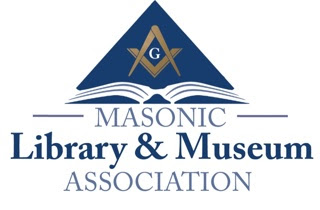For months throughout the Masonic world there was whispering
of the initials T.Q.P. among the knowing and the curious alike.
“What is it?”
“I don’t know, but I want in!”
Then the
Dummies blog broke the news last week and directed much
traffic to the website of
The Quarry Project, and as of today, registration for
attending this groundbreaking conference and for the recommended hotel
accommodations are accessible on our webpage. Click
here to check out this singular occurrence scheduled for September 27 to 29.
The Quarry Project is a joint effort by The Masonic Society,
the Masonic Library and Museum Association, and, our host, the George
Washington Masonic Memorial in Alexandria, Virginia, and will be three days of
valuable instruction in all facets of research, education, writing, publishing,
curating, organizing, archiving, displaying, and other ing’s that most of the
Masonic world takes for granted, but that cultured Masons – like readers of
The
Magpie Mason – recognize as essential to preserving and sharing our heritage.
There’s no sense in copying information from the webpage, so
to see the agenda, click
here. For registration, click
here.
This conference is not just for us eggheads, but is
intended to educate everyone who wants to be productively engaged in the
transmission of Freemasonry’s archives and material culture to future
generations. Yes it’s true that Masons make Masons, but in addition to what can
be imparted only by the grip and by mouth-to-ear instruction is a vast
wealth of accumulated knowledge and wisdom, and amassed artifacts, records,
and ephemera – and
somebody has to keep it together!






































































